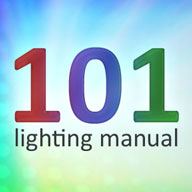chilloutdocdoc
Full time elf
So, in the true spirit of DIY, what's the magic way to pick the proper MOSFET to use?
I could easily say i'm going to be using ##Amps at ## Volts and ask if ###### P/N is suitable, but how do i narrow down my search? Do I just start looking for something that suits my requirements? Or should I include an overhead, say double the current? Triple?
In going with the trend of putting the controller with the element, I'd like to match the parts to the item, while not going overboard using 600V and 60A things for a 12V 2A project
Thanks!
I could easily say i'm going to be using ##Amps at ## Volts and ask if ###### P/N is suitable, but how do i narrow down my search? Do I just start looking for something that suits my requirements? Or should I include an overhead, say double the current? Triple?
In going with the trend of putting the controller with the element, I'd like to match the parts to the item, while not going overboard using 600V and 60A things for a 12V 2A project
Thanks!

